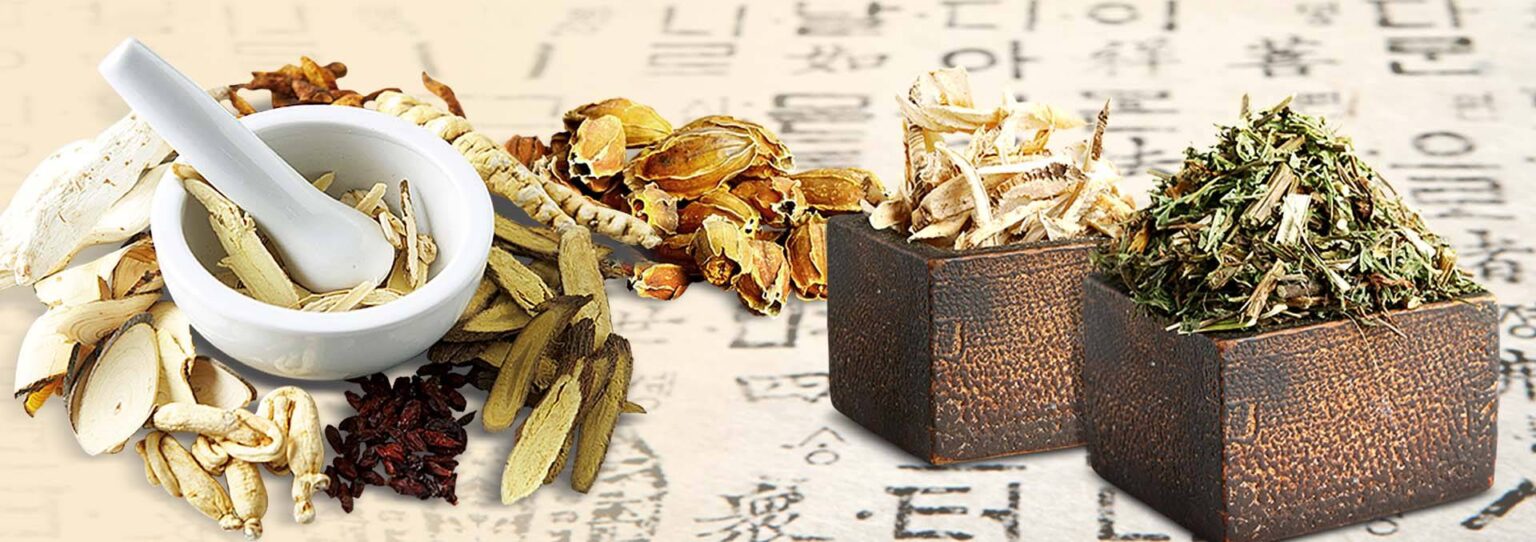
Establishment of Kampo Education
Medical Education and Kampo Medicine at Schools of Medicine
In March 2001, the Ministry of Education, Culture, Sports, Science and Technology announced the Model Core Curriculum for medical education and a policy for improving medicine and healthcare for the 21st century. For the first time in history, education in Oriental medicine to foster a “basic understanding of Kampo medicines” was included under the basic clinical training of the curriculum.
The curriculum proposal to foster a “basic understanding of Kampo medicines” was modeled after the curriculum at Toyama University. The proposal suggested two credits in the clinical applications of Kampo medicines and seven credits in the foundations of Kampo medicine, with a minimum of eight credits as the standard number of prerequisites.
Soon after the proposal was adopted in 2001, many universities incorporated Kampo education into the curricula of their medical schools. As of 2010, all 80 medical schools and universities satisfied the regulatory requirements by providing eight or more credits in Kampo medicine.
Meanwhile, many universities established outpatient Kampo clinics for the purpose of providing basic clinical training. By 2010, 78 of 80 university hospitals had established outpatient Kampo clinics.
A shortage of qualified teachers and instructors has been identified as the most serious issue facing Kampo education at universities. To overcome this, many universities have established Faculty Development (FD) programs in an effort to train instructors of Kampo medicine. Currently, 79 of 80 universities have Faculty Development programs.
At the 37th meeting of the Japan Society for Medical Education, the results of a survey of medical students’ attitudes toward Kampo education was presented. Ninety-two percent of the 86 fourth-year students at the University of Tokyo supported the inclusion of Kampo education in their training, and 97.7% said that they planned to use Kampo medicines in their future practices.
Kampo Medicine at Pharmaceutical Colleges
In line with the revised Model Core Curriculum for medical education, the Ministry of Education, Culture, Sports, Science and Technology, the Ministry of Health, Labor and Welfare, the Japan Pharmaceutical Association, and the national conference of academic deans at pharmaceutical colleges reviewed the curriculum for training qualified pharmacists. In August 2002, the Pharmaceutical Society of Japan announced the revised Model Core Curriculum for pharmaceutical education that incorporated courses in natural medicines, namely raw materials for crude drug and Kampo products in modern healthcare.
The chair of the national conference of academic deans at pharmaceutical colleges proclaimed that Kampo education is indispensable in nurturing pharmacists as highly trained healthcare providers.
The section on Kampo education in the Model Core Curriculum for pharmaceutical education is titled “Raw Materials for Crude Drug and Kampo Formulations in Modern Healthcare,” and includes seven credits in the foundations of Kampo medicine and two credits in the clinical applications of Kampo medicines.
As of 2010, all 74 pharmaceutical schools provide Kampo education. In addition, exam questions on Kampo medicine have been included on the computer-based testing (CBT) portion of the national Pharmaceutical Common Achievement Test for fourth year pharmacy students, as well as in the national examination for pharmacists.
